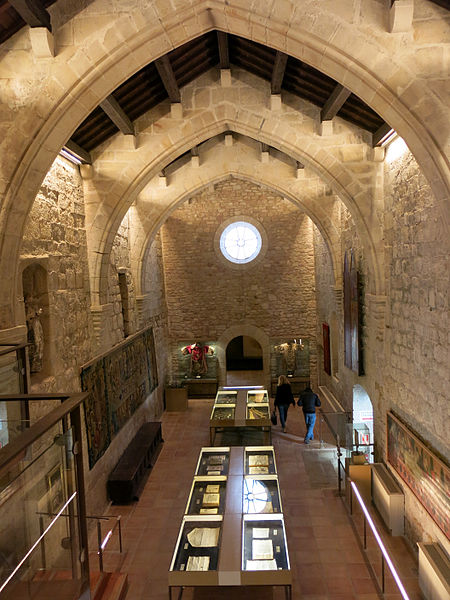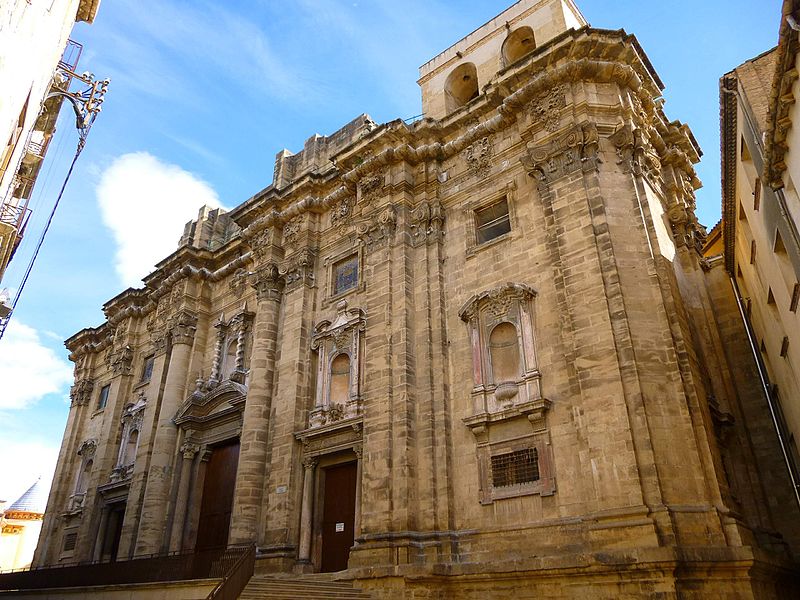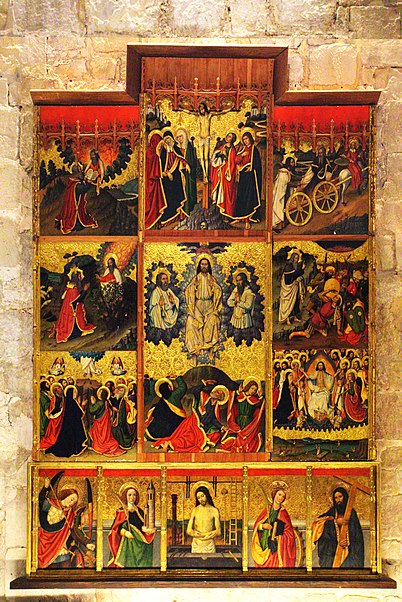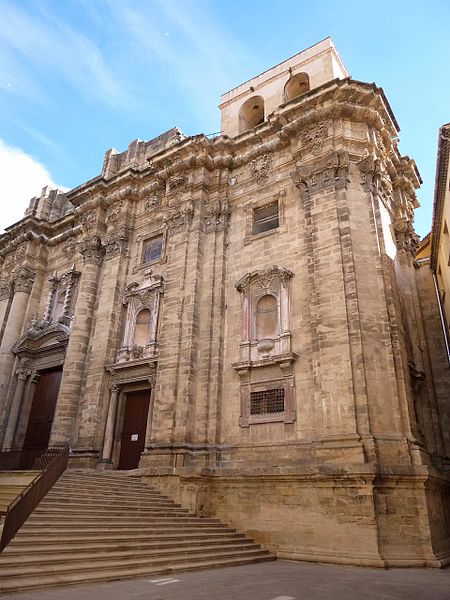Tortosa Cathedral, Tortosa
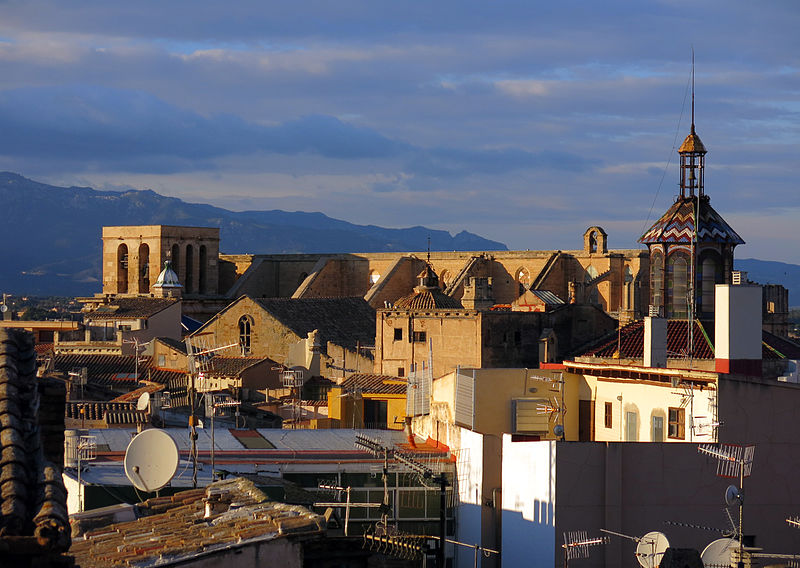
Facts and practical information
The Tortosa Cathedral, also known as the Cathedral of Saint Mary, stands as a beacon of historical and architectural splendor in the heart of Tortosa, Spain. This grand cathedral, a testament to the city's rich past, offers visitors a unique glimpse into the various architectural styles that have flourished in the region over the centuries.
Construction of the cathedral began in the 12th century, on the site of a former Romanesque church. Over the years, the cathedral has undergone numerous modifications, resulting in a fascinating blend of Romanesque, Gothic, Baroque, and Renaissance elements. Its most striking feature is the magnificent façade, which showcases intricate stone carvings and a stunning rose window—a hallmark of the Gothic style.
Inside, the cathedral's interior is equally impressive, with a long nave flanked by side chapels, each adorned with artistic treasures and religious relics. The high altar, a masterpiece of Renaissance art, is particularly noteworthy for its elaborate design and fine craftsmanship. Visitors can also explore the cloister, which retains its original Gothic features and provides a peaceful retreat from the bustle of the city.
The Tortosa Cathedral is not only a place of worship but also a repository of history and art. It houses a remarkable collection of tapestries, paintings, and sculptures, which are of great interest to art enthusiasts and historians alike.
For tourists planning to visit Tortosa, the cathedral is open to the public, although hours may vary depending on the liturgical calendar. It is advisable to check the opening times before planning a visit. The cathedral also offers guided tours, which can provide deeper insights into its history, art, and architecture.
Carrer de la Croera, 8-18Tortosa
Tortosa Cathedral – popular in the area (distance from the attraction)
Nearby attractions include: Buinaca, Jardins del Príncep, la Reparació, Avançades de Sant Joan.


